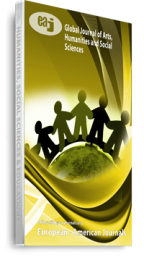Making a film can be seen as a long process of decision making, not just by the director but by all the specialists who work on his or her team. A great many decisions, however, do affect what we see and hear on the screen. There are the artistic choices made by the film makers. What lights will enhance the atmosphere of a love scene? Given the kind of story being told, would it be better to let the audience know what the central character is thinking or to keep him enigmatic? When a scene opens, what is the most economical, understandable way of letting the audience know the time and place? Which is more dramatic, to show an explosion or just have it heard from off screen? The sum total of all such decisions cumulates in a finished film. In this work, we are going to survey all the aspects of the filmmaking process. Our cases study is Tunde Kelani in his award winning production Thunderbolt. The essay will examine his roles as a film director. How he approaches his art from the pre-production stage to the post production stage. Adopting Stanislavsky method acting that proposes that acting must come from inside. That is, actors should feel what they portray.
Keywords: Decision, Directing, Film, Post-Production, Pre-Production, Production, Screenplay, Specialists

